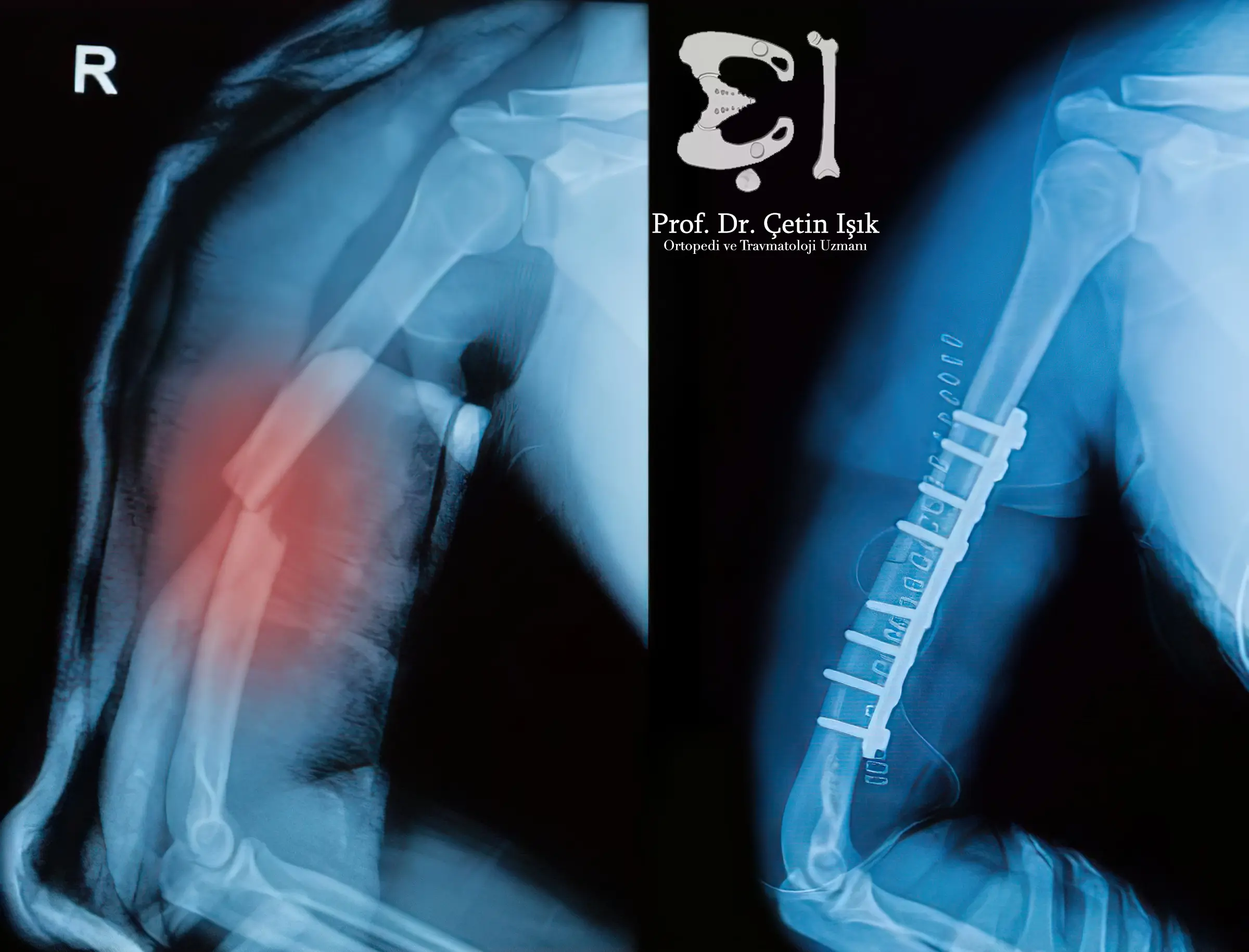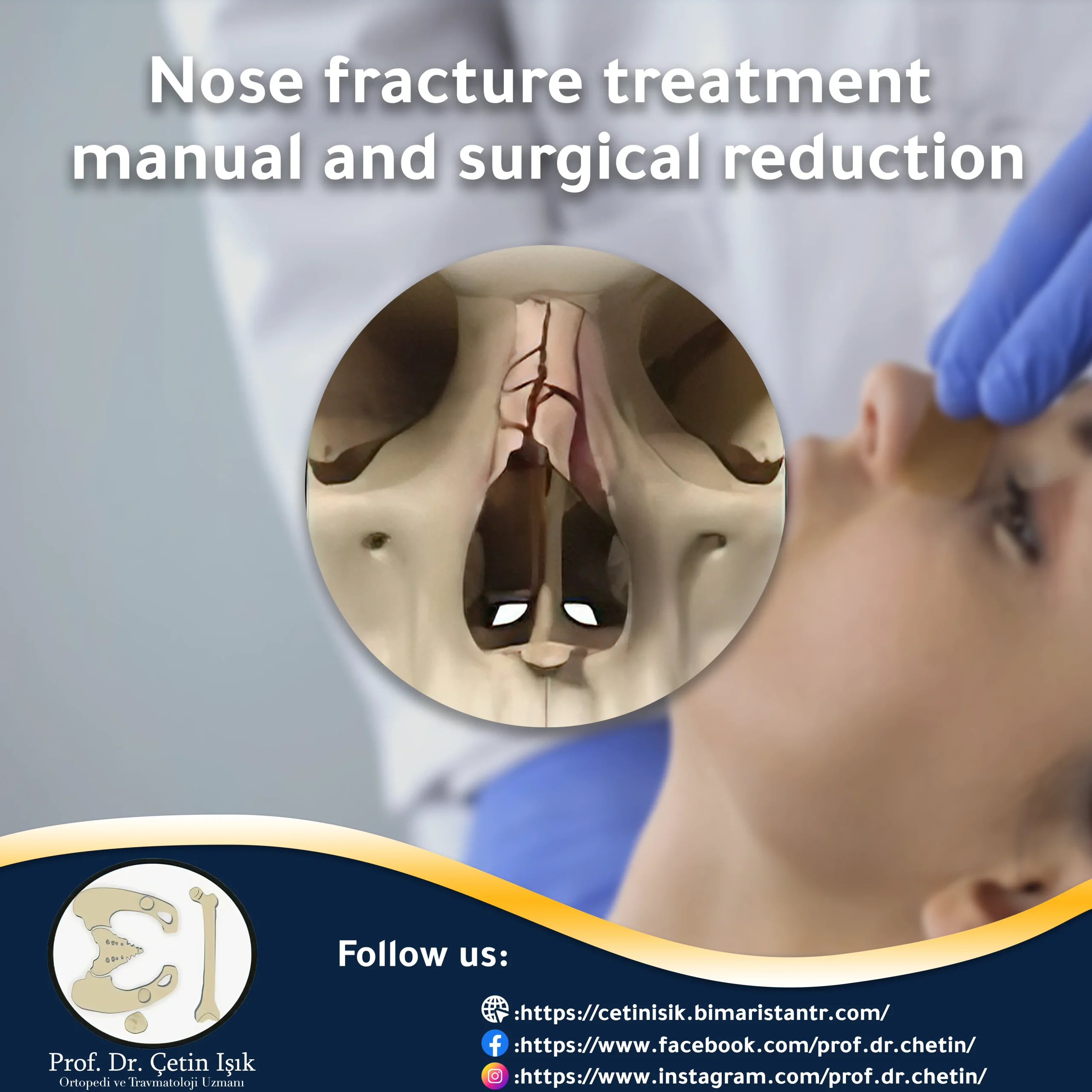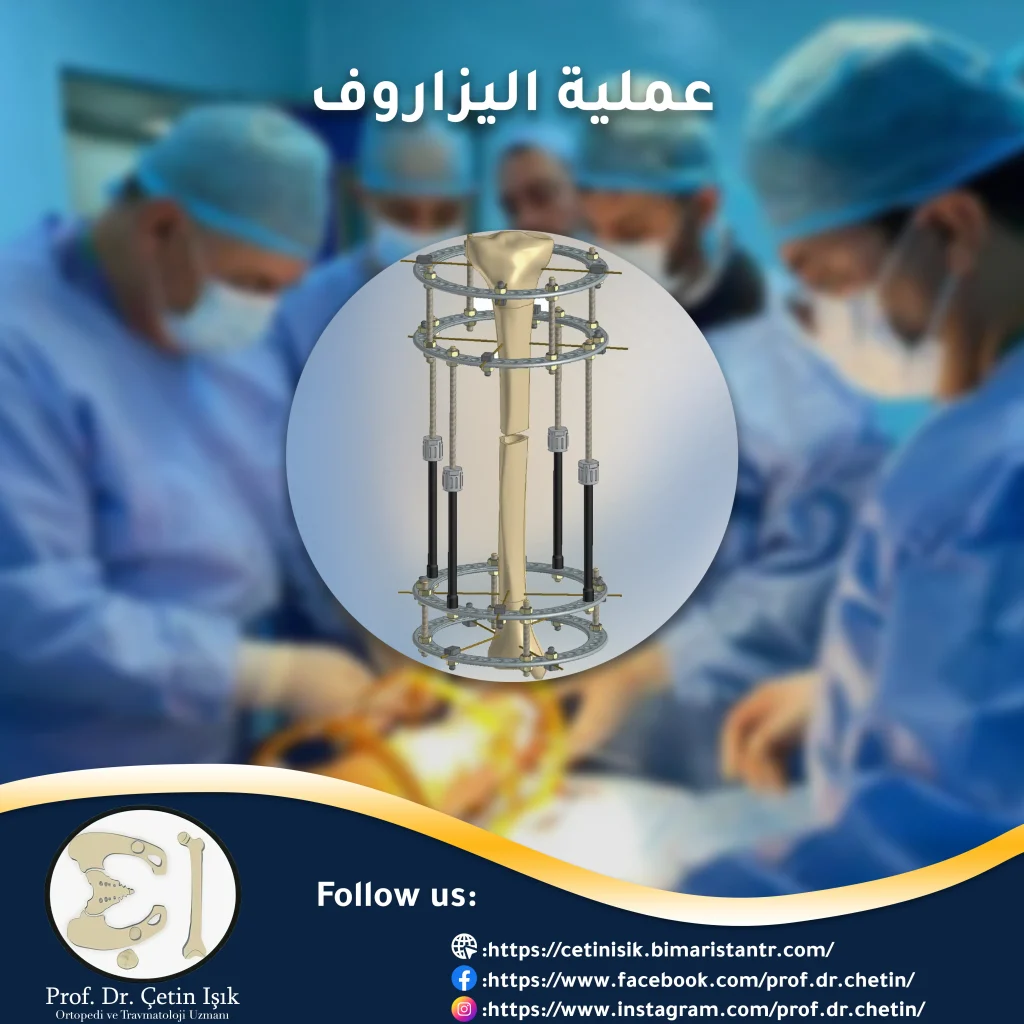The humerus fracture is one of the fractures caused by extreme accidents, given that the humerus bone is among the most robust bones in the body, so this condition is considered an emergency first class.
Learn with us in this article about the essential information regarding humerus fracture. And the most common problems that suffer from this fracture, along with the treatment and management methods.
Introduction to humerus fracture
The humerus bone is located within the upper limb and constitutes the only bone in the upper arm in humans, which connects the shoulder joint at the top with the elbow at the bottom.
The humerus is a solid and long bone, so the humerus fracture needs great force to cause it, and the fracture in this area is one of the most important causes that lead to humerus pain.
The Humerus Fracture accounts for the lowest 10% fraction of all human fractures.

Locations of humerus fracture
The humerus is divided into three sections in which fractures can occur:
- Proximal (upper) humerus: proximal to the shoulder joint.
- Middle third (body of the humerus): the middle of the humerus.
- Distal (lower) humerus: close to the elbow.
Types and patterns of humerus fracture
Types of humerus fractures are divided according to the shape of the fracture line occurring in the humerus bone, and it is necessary to know the type of fracture occurring in your humerus to develop an appropriate treatment plan for you. Types of humerus fractures include:
- Transversal fracture
- Oblique fracture
- Spiral fracture
- Comminuted fracture
- Segmental fracture
- Buckle or ring fracture
- Hairline fracture

Causes of humerus fracture
Like all bone fractures, anyone can suffer Humerus fracture Regardless of age, the causes of this fracture include:
- Falling on an outstretched arm or elbow causes Fracture of the humerus distal
- Traffic accident
- Strong attachment to a solid person or object
- Fracture of the proximal humerus is more common in older people withOsteoporosis
Symptoms of a humerus fracture
Symptoms vary according to the type and location of the humerus fracture, but they often include the following signs:
- Feeling pain in the upper arm and shoulder, which increases with movement, occurs immediately after the injury to the upper arm. This pain can be suspected with the pain of the upper arm muscle.
- Redness, swelling, and bruising appear in the affected area.
- Decreased ability to move the shoulder, arm and upper arm.
- A formal deformity of the broken humerus, especially in the case of alternating fractures.
- If the nerve is damaged, a loss of sensation occurs in the humerus and arm.
- Fracture of the humerus can be associated with: Clavicle fractures, scapula fractures in addition to Forearm fractures (arm fractures)
Diagnosing a humerus fracture
The following tests and x-rays can help make the correct diagnosis of a humerus fracture, including:
- X-ray imaging: It can confirm the location of the fracture in the humerus, and the X-ray image shows the position of the shoulder joint, and it succeeds in searching for the presence of dislocation and other fractures occurring in the bones of your body, such as fractures of the forearm bones (ulna and radius).
- CT scan: can show more details of the fracture.
- Magnetic resonance imaging: This is the best imaging, in which the doctor watches the position of the bones and tissues around them.
Complications of a humerus fracture
A humerus fracture causes the following complications:
- Compartment syndrome: which occurs as a result of not getting enough blood to the muscle tissue
- Faulty healing
- Failure to fuse the fracture
- osteomyelitis,especially in the case of open fractures
- Injury to nerves and blood vessels: in the case of comminuted fractures
- torn ligaments and tendons of the muscles anchored to the humerus
Treatment of a humerus fracture
The treatment used for a humerus fracture varies according to the type of fracture in addition to its location and severity and includes:
Conservative treatment
It does not require surgery. Conservative treatments include:
cast
In light and simple fractures (unchanged fractures and capillary fractures), a splint or brace is used to stabilize movement until bone fusion occurs, after which the case is monitored, and the effectiveness of treatment and fracture healing is confirmed through radiography.
Medical therapy
Right or left upper arm pain can be treated with pain relievers; the most common are NSAIDs.
Closed reduction
This procedure is used in the case of more severe fractures - in which a splint is not helpful, given that the humerus bone is no longer on the same path as before the fracture occurred. This procedure requires sufficient experience from the attending physician, in which the doctor works to restore the fracture without the need for surgery; By performing manual maneuvers (stretching and rotating the affected limb), the patient can be anesthetized locally to avoid the pain that may occur to him. In cases of severe pain and the patient’s inability to bear it, it is possible to consider general anesthesia.
Surgical treatment
Some humerus fractures require surgery, especially severe fractures, for which conservative treatment is ineffective. Surgical techniques to treat a humerus fracture include:
Internal fixation
The surgeon makes an incision in the skin until the bone appears visually; the treatment is done with metals to stabilize the bone fractures. This procedure includes several techniques:
- Intramedullary rod: The surgeon inserts a rod along the humerus bone.

- Plates and screws: Metal plates make fixation for broken bone pieces.

- Wires and screws: used to fix small bone pieces.
These plaques and minerals can remain in the patient's body for the rest of their lives.
Joint replacement
In the event of a fracture of the proximal humerus or a fracture of the scapula to the extent that the humeral joint is damaged, replacing the joint and installing an artificial joint made of metal, ceramic or heavy-duty plastic is recommended. Continue in this article to learn all the information related toShoulder joint replacement surgery.
Bone grafting
This process is used in cases of fracture of the severely altered type or in the absence of benefit from previous treatments and failure to heal; in this procedure, bone grafts are used to reconnect the bone tissue with each other, and then internal fixation is performed after placing the bone grafts, to ensure fusion between the New bone tissue with old bone tissue.
In conclusion, a humerus fracture is considered an emergency after a person suffers a solid blow to the humerus. Immediate care is required by transferring the injured person to the hospital for rapid diagnosis. Treatment is divided according to the area and severity of the fracture into conservative treatment in the event of a humerus fracture and mild humerus fractures, or it may be required Surgical intervention in severe fractures.
Sources:
Common questions
The recovery period depends on the type and severity of the fracture. Most humerus fractures need a period of a few months to heal.
The doctor determines the duration of the humerus splint and the exact date for removing the humerus splint. This average period is estimated to be between several weeks to several months.
If a person suffers a fracture, he loses the ability to move the broken bone, in addition to the formal deformity and severe pain that occurs after the fracture, which does not improve with time. All this does not happen if the injury is only trauma.
Most shoulder fractures are of the non-altering pattern, so there is a gradual improvement in the ability to move the broken shoulder. Still, the displaced fracture of the shoulder requires surgery until there is an improvement in the movement of the shoulder.




